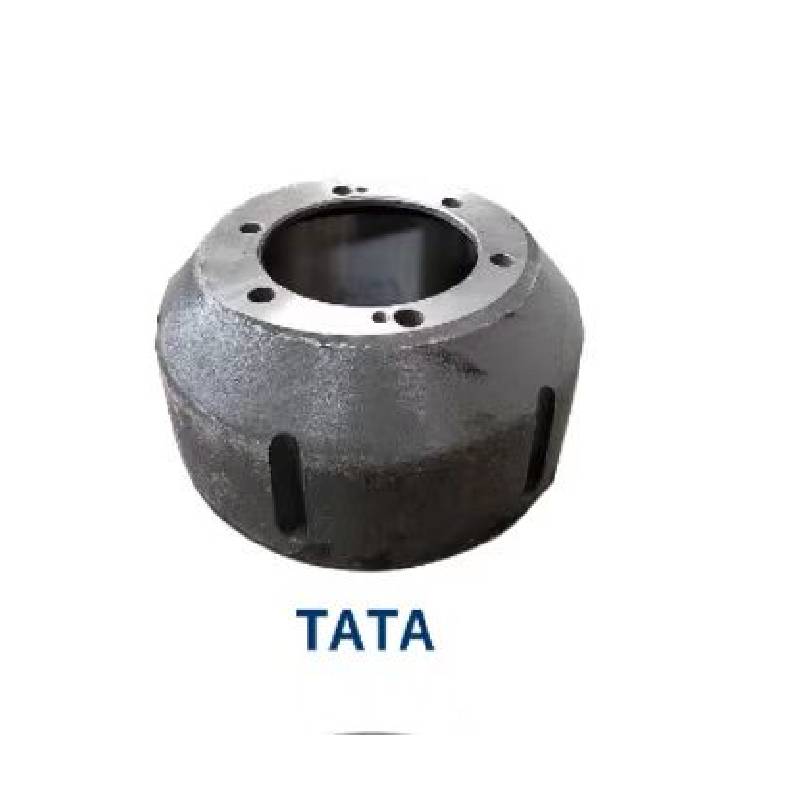Nov . 06, 2024 06:09 Back to list
brake drum parts names
Understanding Brake Drum Parts and Their Functions
When it comes to vehicle safety, the braking system plays a crucial role, and one of its key components is the brake drum. Brake drums are commonly found in many vehicles, especially older models and trucks. They are essential for providing stopping power and functioning alongside other brake components. In this article, we will explore the essential parts of a brake drum and their respective functions.
1. Brake Drum
At the heart of the braking system is the brake drum itself. Typically made from cast iron or aluminum, the brake drum is a cylindrical component that rotates with the wheel. When the brake pedal is pressed, brake shoes inside the drum push outward against its inner surface, creating friction that slows down the vehicle.
2. Brake Shoes
Brake shoes are critical components of the drum brake system. They are curved metallic components with friction material attached to their exterior. When hydraulic pressure is applied (from the brake pedal), the shoes expand outward to make contact with the inside surface of the brake drum. This interaction generates the necessary friction to slow or stop the vehicle.
3. Return Spring
The return spring is a vital part of the brake system that ensures the brake shoes return to their original position after the driver releases the brake pedal. This spring keeps the shoes retracted, preventing them from dragging against the drum, which could cause excessive wear and reduce fuel efficiency.
4. Self-Adjuster
brake drum parts names

Many modern brake drum systems are equipped with a self-adjuster mechanism. This component automatically adjusts the position of the brake shoes to compensate for wear over time. By maintaining appropriate clearance between the shoes and the drum, the self-adjuster ensures optimal braking performance and minimizes the need for manual adjustments.
5. Wheel Cylinder
The wheel cylinder is a hydraulic component located at the rear of the brake drum. It contains pistons that, when activated by brake fluid pressure, push the brake shoes apart. This action generates the necessary friction against the brake drum. The wheel cylinder is often a critical design element, as it must withstand high pressures while remaining resistant to corrosion and wear.
6. Backing Plate
The backing plate serves as the structural support for various drum brake components. It provides a surface for the brake shoes, return springs, and wheel cylinder to attach to. Made from steel or stamped metal, the backing plate also offers protection against road debris and environmental elements.
7. Dust Boot
Another essential component in a drum brake system is the dust boot, which seals the wheel cylinder. This rubber component prevents dirt, debris, and moisture from entering the cylinder, thereby extending its lifespan and ensuring consistent performance. Keeping the wheel cylinder clean is crucial for maintaining effective braking.
Conclusion
Understanding the components of a brake drum system is essential for both vehicle owners and automotive professionals. Each part, from the brake drum itself to the intricate workings of the wheel cylinder and self-adjuster, plays a significant role in ensuring that the vehicle can stop safely and effectively. Regular maintenance and timely replacements of worn parts are vital for maintaining optimal performance and safety. By being aware of these components, drivers can make informed decisions when it comes to their vehicle's braking system and overall safety on the road.
-
Volvo Brake Drum: OEM Quality, Optimal Safety
NewsAug.27,2025
-
Durable Brake Drum MAZ for Heavy Duty Trucks | High Performance
NewsAug.26,2025
-
FUWA: Premium Quality, Reliable Performance & Innovative Solutions
NewsAug.25,2025
-
Liza Brake Drum: Superior Quality & Performance for Safe Driving
NewsAug.24,2025
-
Iveco Brake Drum | Premium OE Quality for Daily & Eurocargo
NewsAug.22,2025
-
Your Brake Drum Man: Quality & Performance Parts
NewsAug.21,2025
